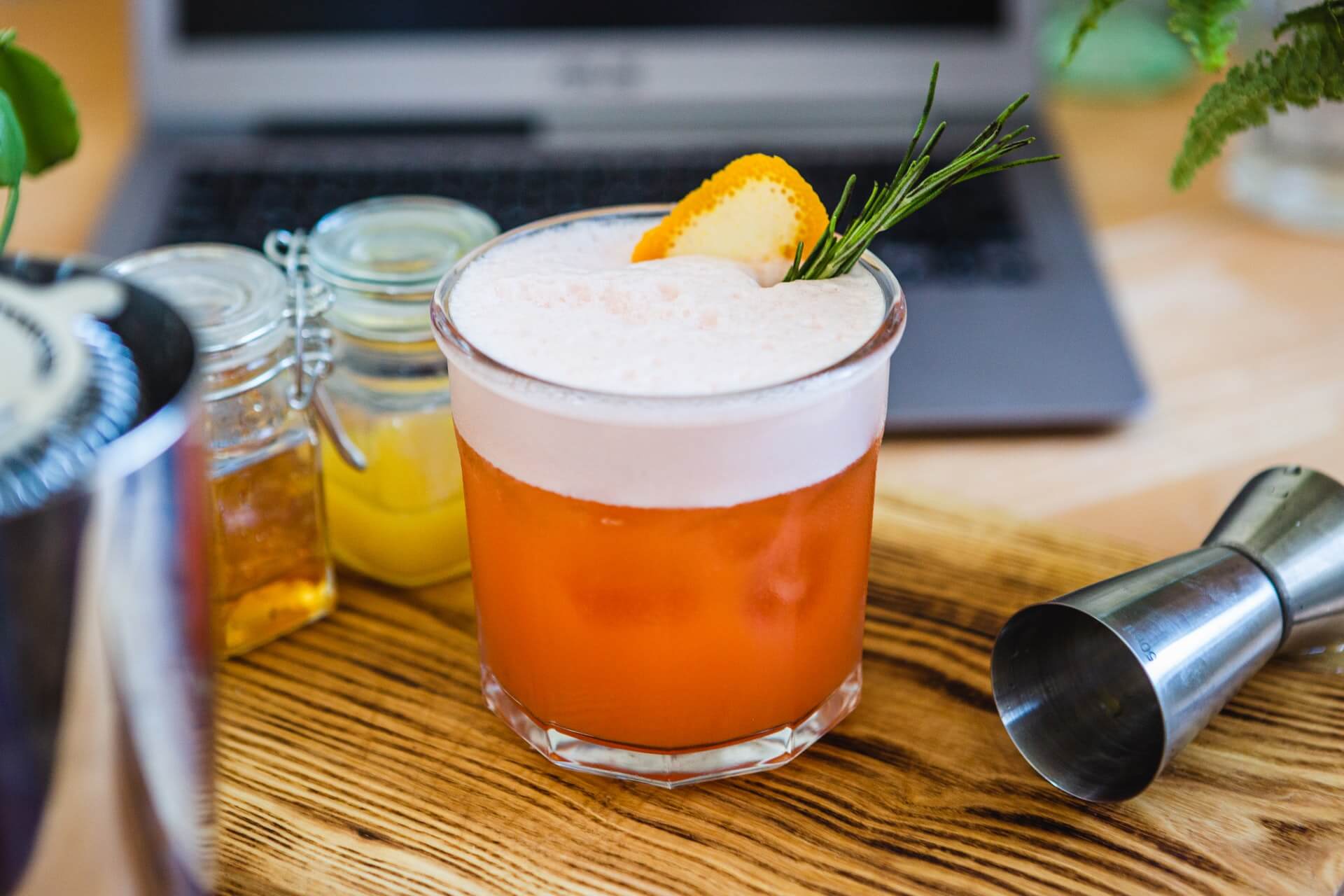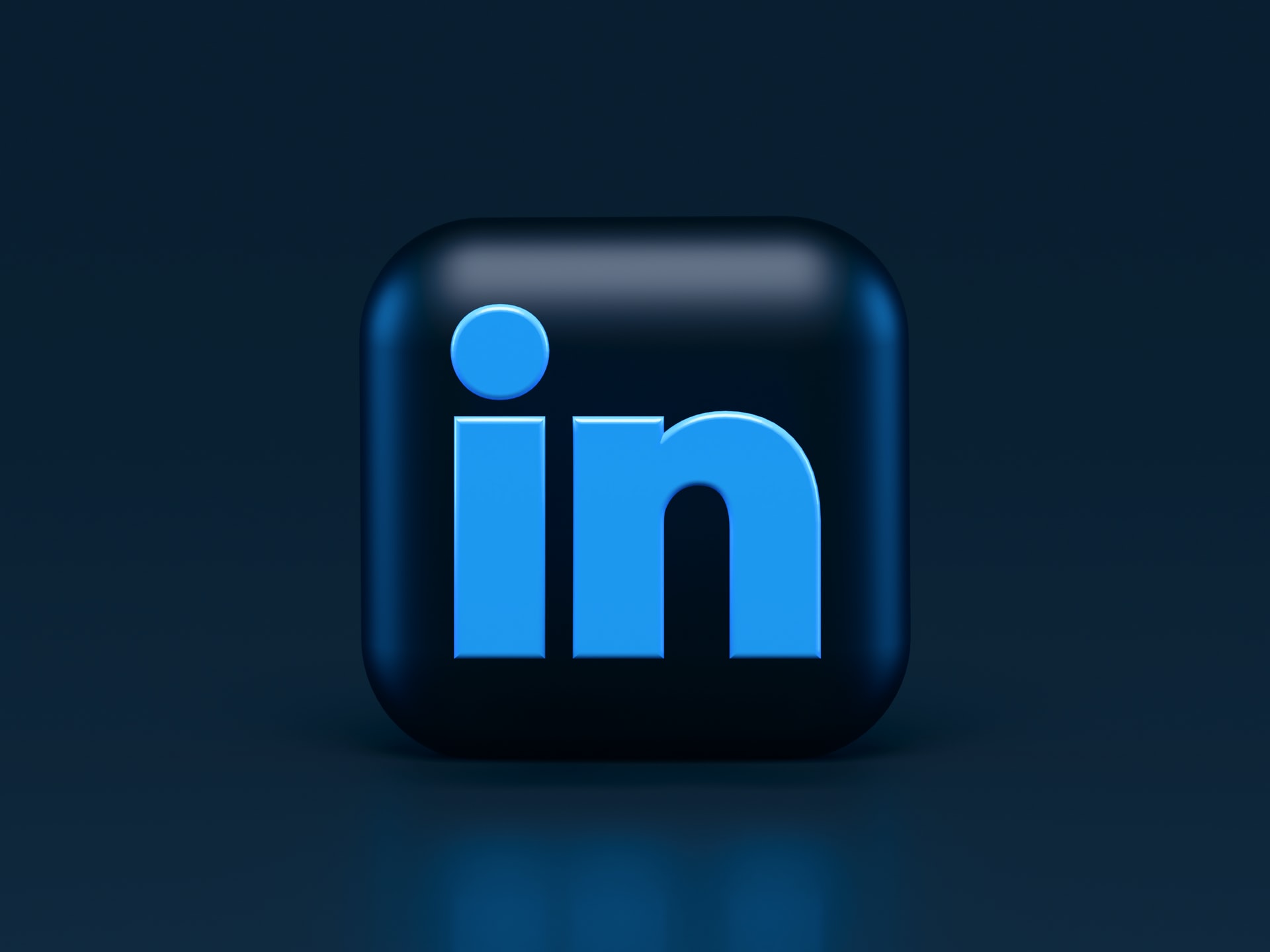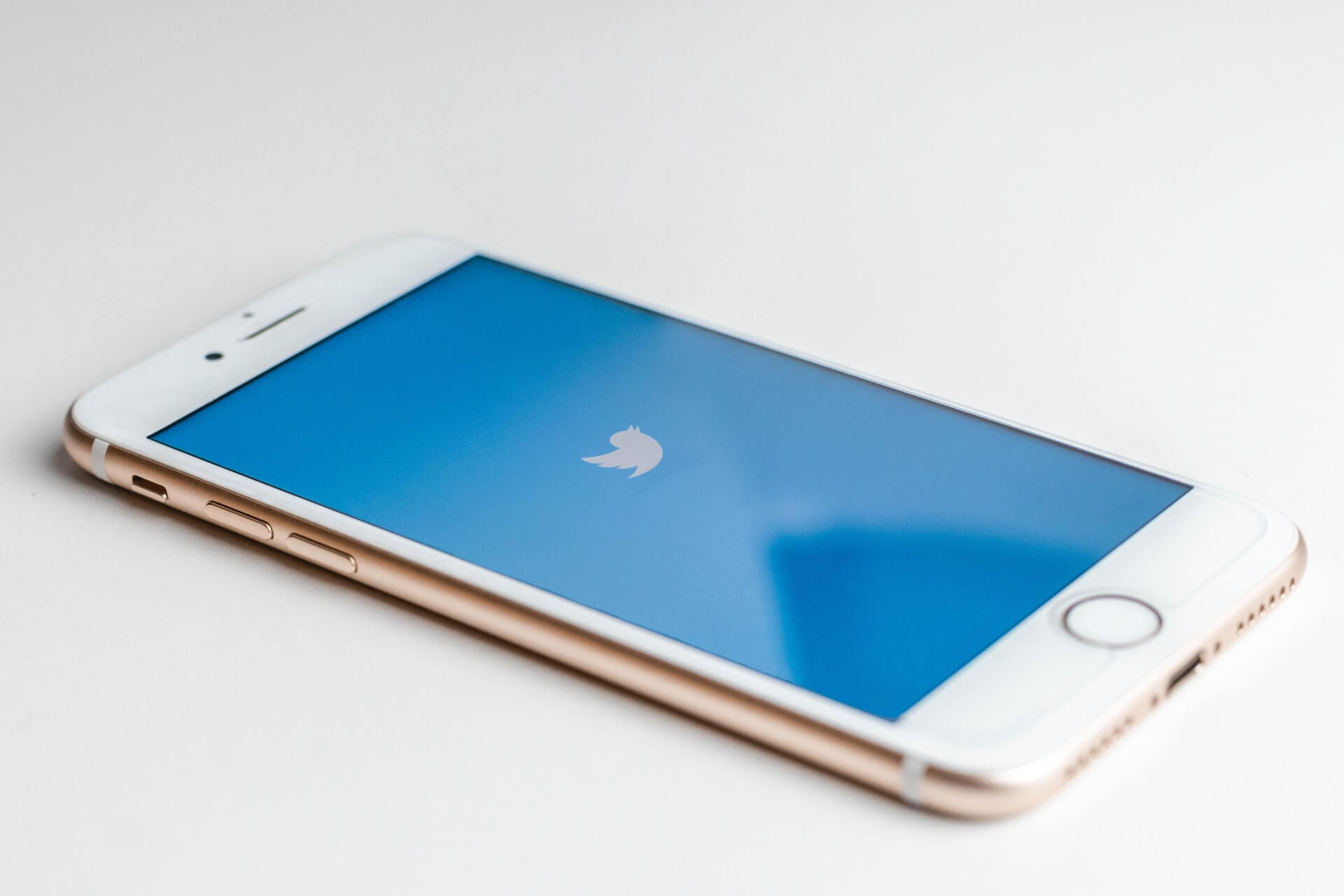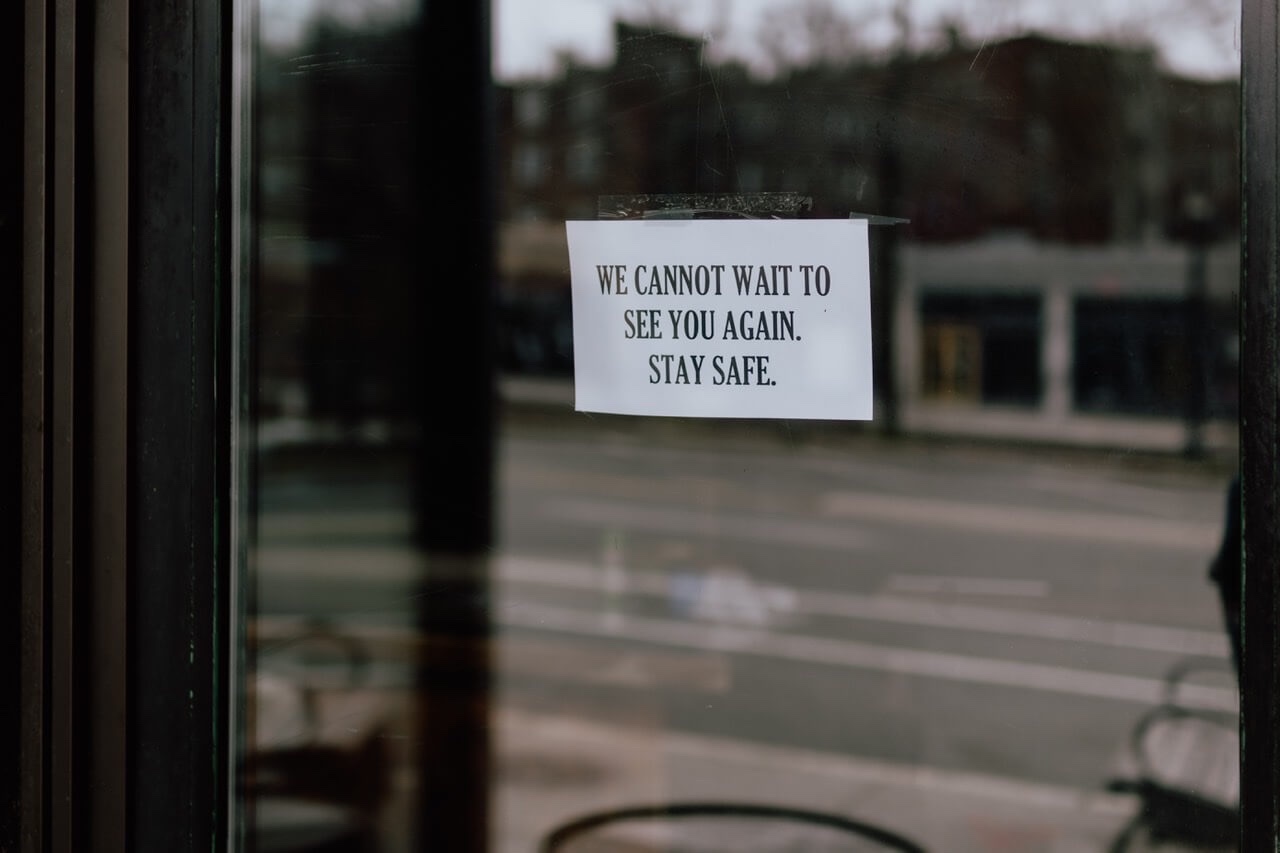5 Books to Read this Month
by David Klemt

Spring is traditionally the time when we’re meant to reinvent or otherwise better ourselves. These books can help you do just that.
Some will help you expand or enter this business, others will boost your marketing and social media, and a couple will help you refresh your drink menu.
With restrictions easing and vaccination rates in the United States growing, now’s the time to improve yourself and your business.
Prepare now for pent-up demand for in-person dining and drinking.
Food Truck Business Guide for Beginners
Looking to enter this industry with a food truck or expand your existing business with one? This book is a great place to start.
Food Truck Business Guide for Beginners is a comprehensive guide that covers:
- common mistakes that lead to food truck failure, and exactly how to avoid them;
- the most successful ways to secure funding;
- how to master marketing;
- best practices for passing health inspections;
- tackling and mastering marketing for your business;
- and many more topics.
The Terroir of Whiskey: A Distiller’s Journey Into the Flavor of Place
Dr. Rob Arnold is a plant biochemist and the master distiller at TX Distillery. To say he understands the science of whiskey and terroir is obvious.
What’s less obvious is the direction Dr. Arnold’s book heads into. He takes readers to distilleries in Kentucky, Ireland, Scotland and elsewhere, but he takes things further.
In The Terroir of Whiskey, Dr. Arnold shines a light on plant breeders, local farmers, and distillers bringing back “lost” grains. These same innovators are also attempting to create new grains to further develop terroir.
This book will definitely enhance your whiskey knowledge and engagement with guests.
Rad Cocktails
Yes, this book’s description states that it focuses on the home bartender.
No, that doesn’t mean bartenders, operators, and other hospitality pros can’t learn from it.
Rad Cocktails, in addition to including awesome illustrations, also embodies a growing cocktail trend: simplification. Innovative cocktails don’t have to be complicated or take ten minutes to build.
Beautiful Booze: Stylish Cocktails to Make at Home
Natalie Migliarini, also known as Beautiful Booze, has more than 95,000 followers on Instagram. Her cocktail recipes, photographs and mastery of social media help her stand out in a roiling sea of influencers.
Her first book, Beautiful Booze: Stylish Cocktails to Make at Home, also targets home bartenders…on the surface. This book, creative cocktail recipes, can help elevate anyone’s bartending skills. The beautiful photography will also help inspire anyone to take their social media shooting to the next level.
Hacking the New Normal: Hitting the Reset Button on the Hospitality Industry
Alright, this may seem self-serving. However, I wouldn’t have written the foreword for a book I didn’t believe this book would truly help people.
Millions of hospitality industry professionals’ lives were imperiled at the start of last year. We continue to innovate and adapt to overcome unprecedented challenges.
Hacking the New Normal addresses the need for an industry-wide reset and seeks to guide operators through rebuilding for the long term, and to strengthen the industry moving forward.










